An uncomfortable thought likely lingering in the back of the minds of all gun owners is the prospect of mandatory disarmament during a catastrophe.
But how founded are those fears, and what can we learn from previous attempts when examined from a historical point of view?
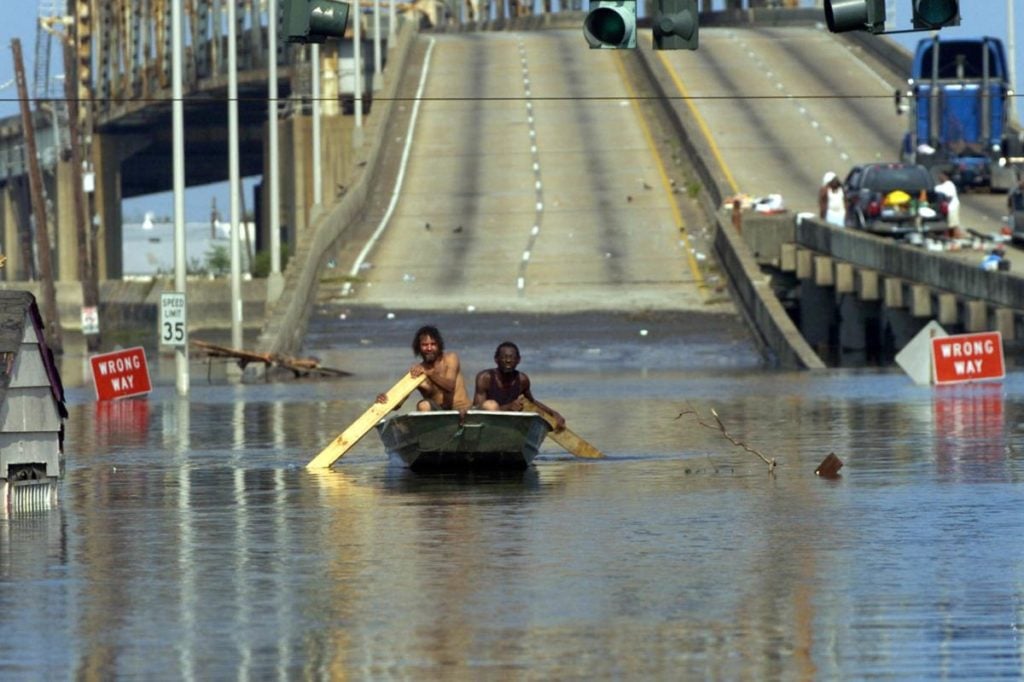
Join us as we dive deep and cut through the hysteria surrounding one of the most blatant examples of confiscation during an emergency: Hurricane Katrina.
Table of Contents
Loading…
The Background
In late August of 2005, New Orleans was devastated by one of the most powerful Atlantic hurricanes to make landfall ever recorded.
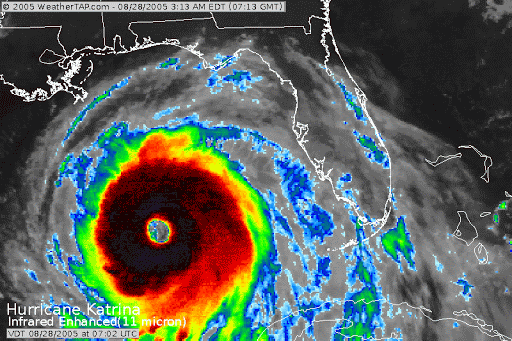
With wind speeds reaching up to 120 mph, Hurricane Katrina caused approximately $125 billion in damages and killed over 1,200 – largely due to the severe flooding caused by the infamous failures of surrounding levees.
The flooding overwhelmed much of the city’s infrastructure placing approximately 80% of New Orleans underwater and disrupting access to food and other basic necessities for tens of thousands of residents who hadn’t fled the city prior.
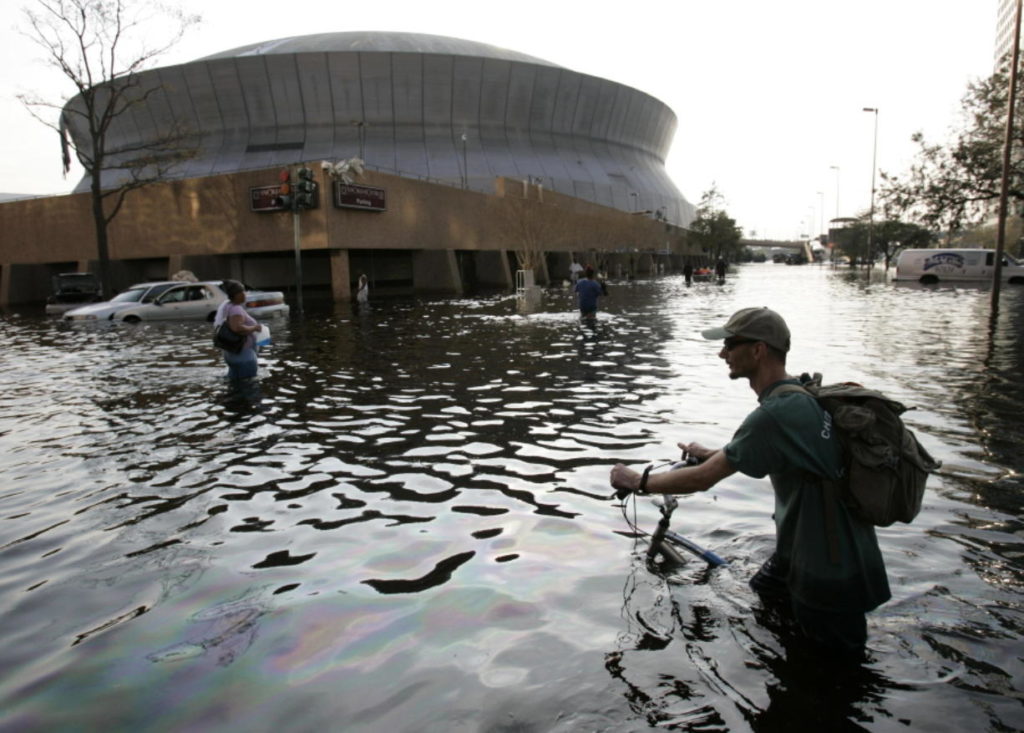
The scale of the destruction prompted an enormous, albeit sluggish, response from an entire alphabet soup of agencies at both the state, federal, and private volunteer levels.
If there’s one resounding takeaway there, it’s that a writhing mass of different organizations attempting to operate in the same place with no clear cohesive direction or guidance is likely to result in chaos.

Reports of Looting
As the days pressed on and the trudging pace of the emergency relief effort left a majority of residents effectively cut off from supplies they’d need to weather the fallout.
Images of smashed windows and TVs being carried away through the flood waters began widely circulating throughout the media.
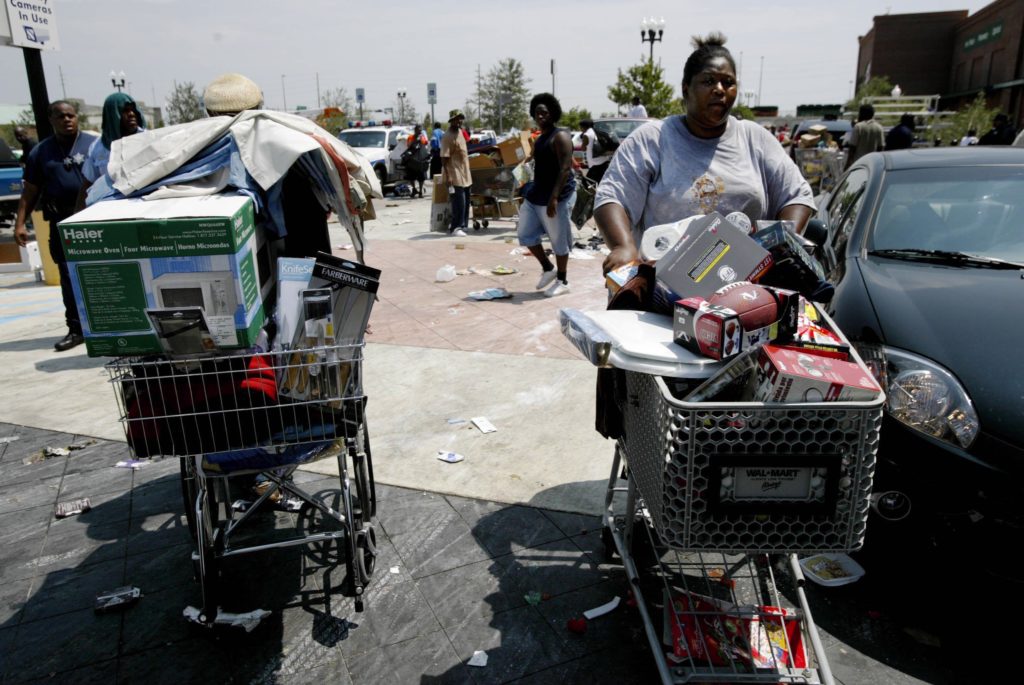
While it’s likely that many of the looters were indeed armed (wouldn’t you be?), and that there’s always going to be a shitbird minority of the population that uses the lawlessness that often follows catastrophe as pretext to commit petty crime, it’s now largely agreed that the sensationalized portrayals of looting were both overblown completely and actively made the situation on the ground worse.
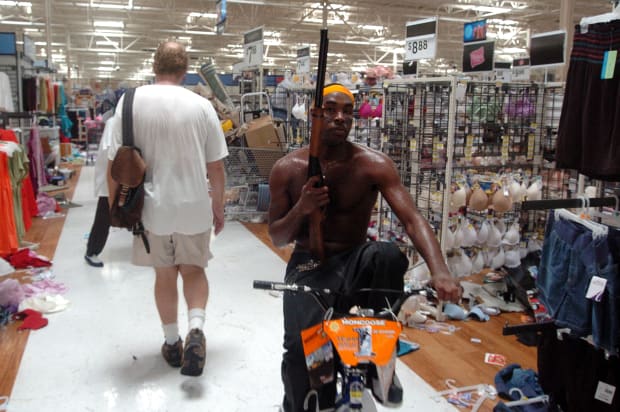
The vast majority of folks, it seems, were merely hunting for food, supplies, or medicine.
Given the rapid collapse of the state apparatus and an uncertain timeframe for any potential relief or rescue, this really isn’t surprising.
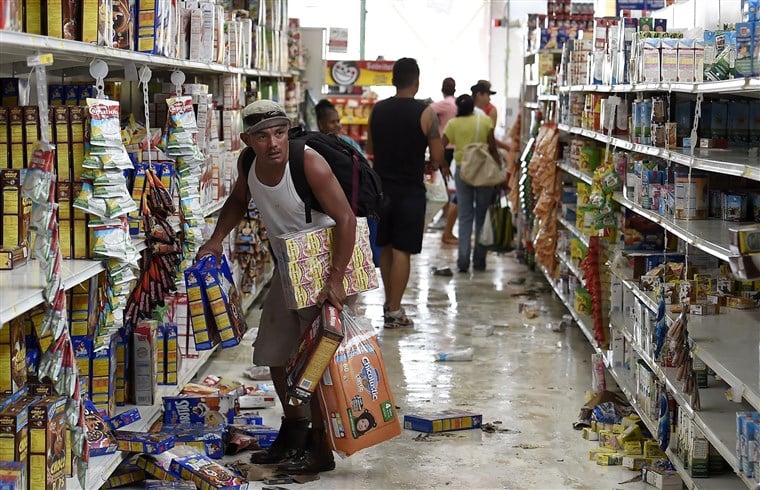
While it’s easy to sit on the sidelines 15 years after the fact and question why so many residents chose not to evacuate or weren’t adequately prepared to shelter in place – I do think it bears repeating that if push came to shove, I’d guess that all of us would do the exact same thing if meant the difference in the survival of your friends or family.
As an archived article titled Looters Ransack New Orleans notes:
“In the city’s Carrollton section, which is on relatively high ground, looters commandeered a forklift and used it to push up the storm shutters and break the glass of a Rite-Aid pharmacy. The crowd stormed the store, carrying out so much ice, water and food that it dropped from their arms as they ran. The street was littered with packages of ramen noodles and other items.”
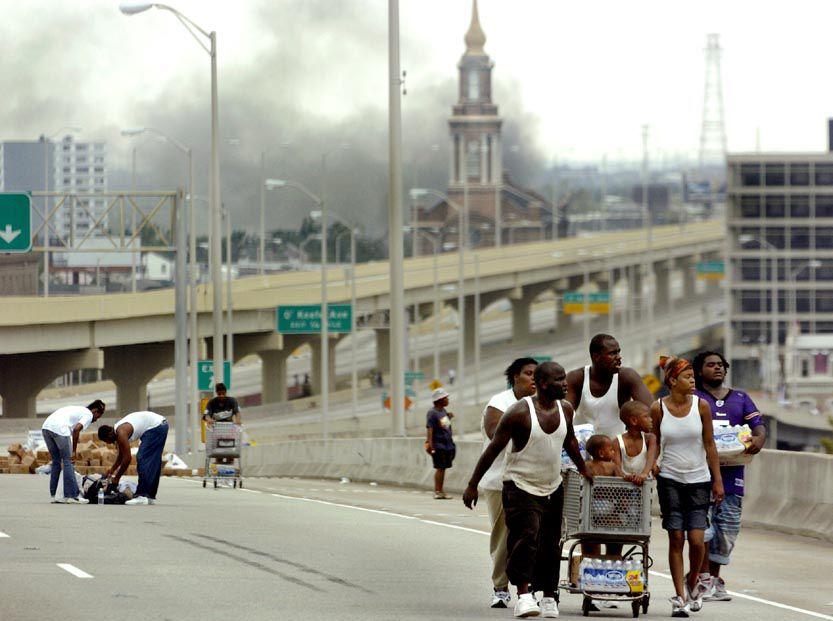
How dare they. To be clear – this is in no way shape or form an endorsement of looting or lawlessness.
But more so an acknowledgment that such things are inevitable when the situation is dire. Please, do not cast judgment from atop your toilet paper throne.
In an interview with now-retired Lieutenant General Russel Honoré, who coordinated a response of 300 national guardsmen during the crisis, stated that:
“[reports of looting were] way over-reported. People confused looting with people going into survival mode. It’ll happen to you and I if we were just as isolated.”
Society is fragile.
The Impact on Law Enforcement
Many of NOLA’s police stations were underwater as the relief effort began in earnest, and the storm and subsequent flooding had also largely severed the departments communication systems.
Police commanders relied on sporadic face-to-face meetings to coordinate the operation, often making decisions based on media reports and rumors rather than facts in the vacuum left by a largely collapsed communications network.
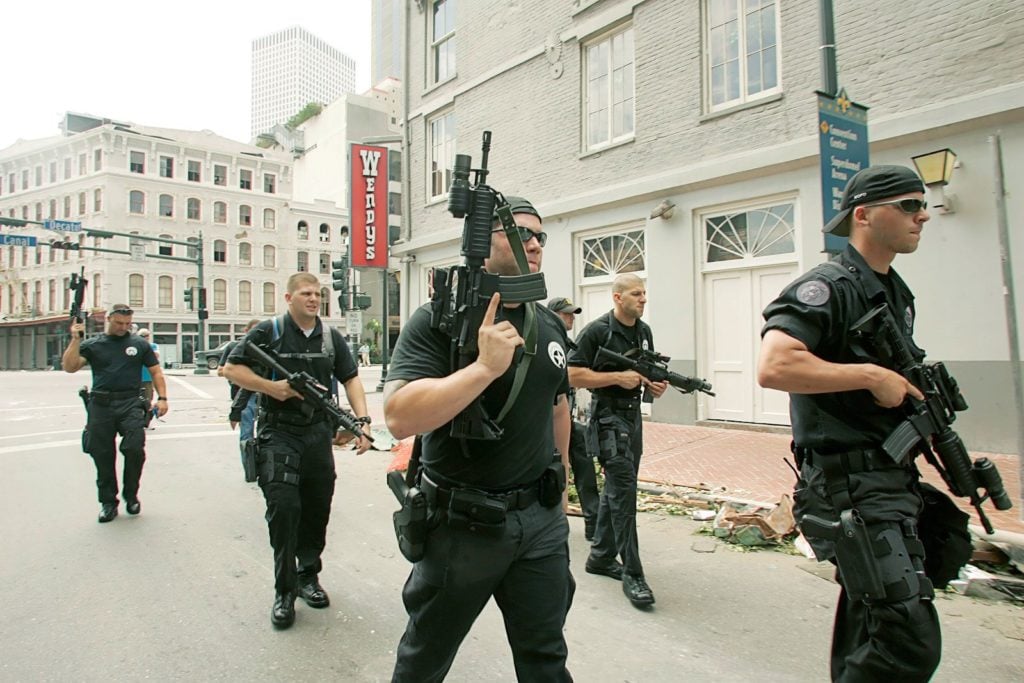
Lt. General Honoré noted that once the guard had established control of New Orleans proper, the next hurdle was dealing with “a constant reaction to misinformation … Some of the [media] were giving information that wasn’t correct… Much of it was uncorroborated information probably given with the best of intentions.”
Honoré also isn’t the only one to challenge the claim that a certain SEAL sniper was picking off residents from atop the Superdome, calling Chris Kyle’s claims of downing 30 looters during the aftermath “War story bullshit.”
However, the misinformation also flowed from the top downwards as well.
Louisiana’s Governor at the time Kathleen Blanco ominously warned prospective looters that the National Guardsmen deployed to NOLA:
“have M16s and they’re locked and loaded. These troops know how to shoot and kill, and they are more than willing to do so if necessary, and I expect they will.”
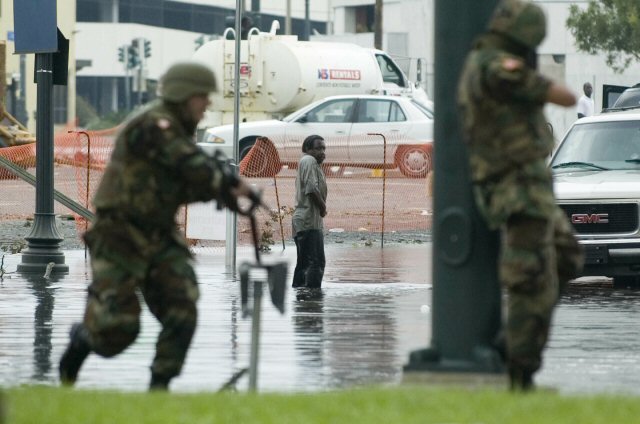
While many interpreted Blanco’s statement as a declaration of martial law, she would later insist this wasn’t the case.
Notably, Honoré attempted to dissuade her from releasing the statement, offering instead that while local media reports might appear to be awash with abject violence and lawlessness, this didn’t actually reflect the situation on the ground and was doing more harm and good to ongoing rescue efforts.
In the days that followed both New Orleans Mayor Ray Nagin and Police Superintendent Eddie Compass would go on to report that there were widespread rapes and murders among those being sheltered inside the Superdome.
Gunshots fired into the air likely to attract the attention of SAR crews were translated as attacks upon helicopters.
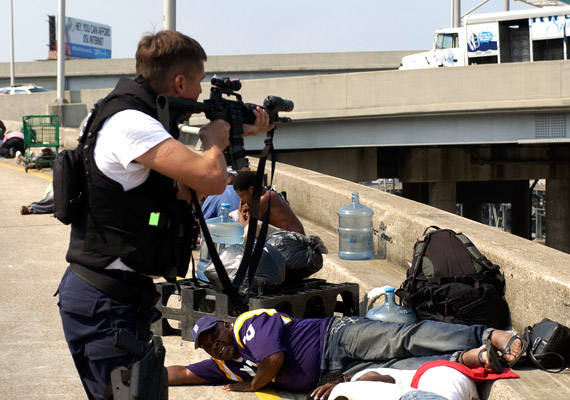
An apparent call over the radio on August 30th during which a police officer frantically stated:
“I need more ammo. We need more ammo.” appeared to be the breaking point for Mayor Nagin, who then ordered a pause to search and rescue efforts in order to “bring our force back to controlling the streets.“
“Let’s stop the looting, let’s stop the lawlessness and let’s put our police officers on the streets so that our citizens are protected,” recalls Sally Forman, the Mayor’s communications director at the time.
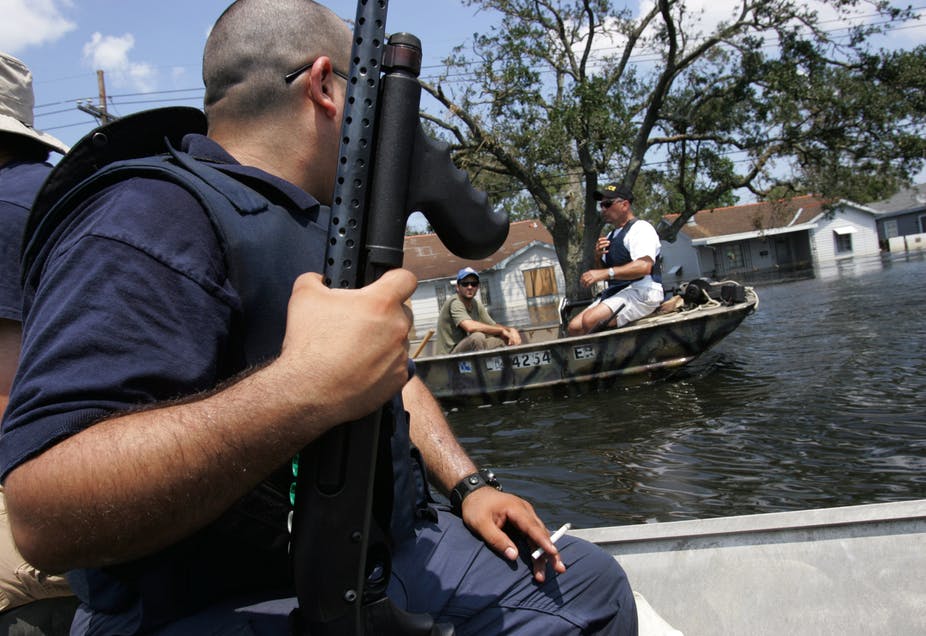
We could continue, but the primary point here should be clear by now – the lack of an overall cohesion that tied the amalgam of different agencies and organizations together combined with insufficient communication networks and reactionary leadership that may have been using over-exaggerated media reports as a part of their decision making process eventually leads us to the endgame: Confiscation.
“Only Law Enforcement will be able to have guns”
Amid the numerous murky and extrajudicial marching orders announced in often-confusing language by both local and state officials, on September 8th Police Superintendent Eddie Compass declared that:
“No one will be able to be armed… Guns will be taken. Only law enforcement will be allowed to have guns” during the looming forced evictions about to unfold throughout New Orleans.
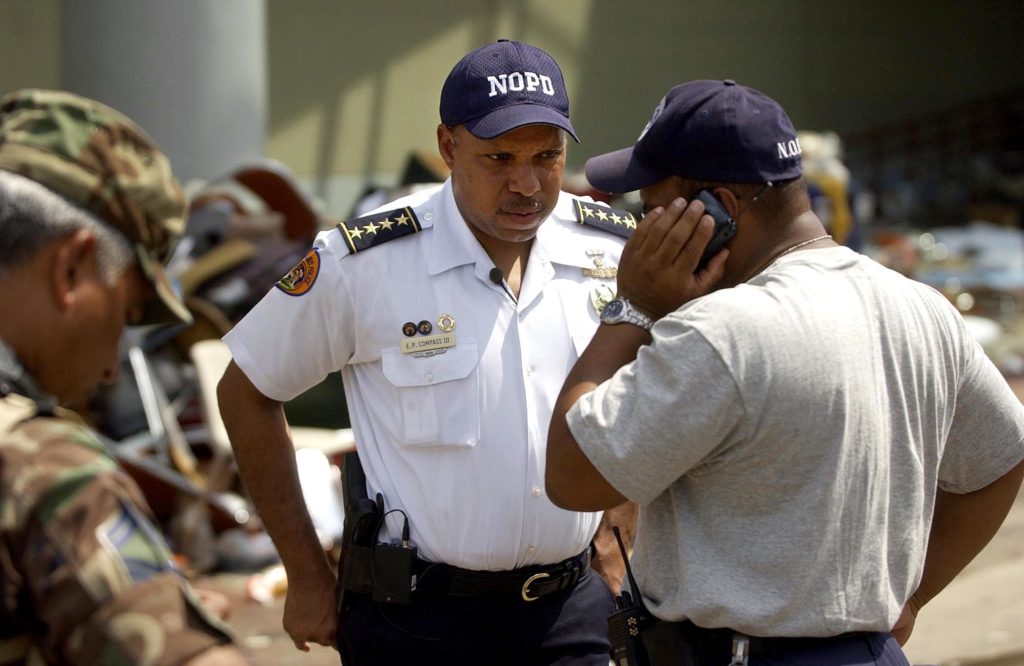
While the city’s decision to begin forcibly evacuating residents who still remained in their homes was ostensibly out of a concern for the spread of disease and fires, it seems reasonable to assume that the swirling mass of disinformation, rumors, and a focus on restoring “order” (that included the green light to shoot looters, “if you can sleep with it”) fed into the background atmosphere of paranoia that resulted in Compass’ decision to forcefully disarm the populace he’d been charged with protecting.
And still, there remains some degree of confusion over just how widespread the door to door confiscations were.
While obviously even one illegal confiscation from a law-abiding citizen is too many, the portrayal of a disorganized Voltron of local, state, federal, and military units and agencies somehow all finally coming together to comb the city, kick doors and grab gats after demonstrating no prior cohesion anywhere near this level is firmly in the realm of fantasy.
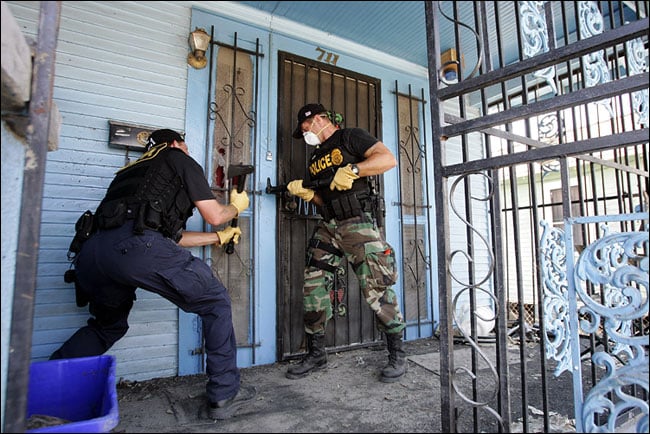
But it did still occur, to some degree – though it appears about as fractured and unevenly applied as most other mandates that rippled through the chaos in the days and weeks following the storm.
Notably, Superintendent Compass was asked point-blank about the armed guards wealthier residents and businesses had hired as personal protection.
Compass stated that he was aware of those individuals and organizations, but the city had no plans to force them to give up their weapons.
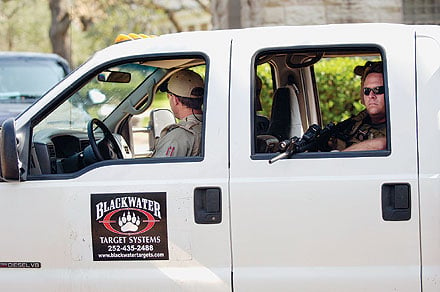
A swift lawsuit was filed by the NRA, Gun Owners of America and Second Amendment Foundation, and on September 23rd, Judge Jay Zainey granted a temporary injunction against firearms confiscations for New Orleans and the surrounding areas, and ordered the confiscated firearms returned.
However, the city continued to insist that it hadn’t confiscated any firearms at all for approximately 5 months into legal proceedings, until it was finally forced to admit it had.
Oops.
NOLA PD revealed an evidence locker full of about 500 rusting and neglected firearms it admitted it had seized during the haze of Katrina, although experts who worked on the case indicated that the actual number was likely into the thousands, with many of the more valuable items seized having disappeared with no records or receipts.
It also bears mentioning that firearms confiscation wasn’t new territory for NOLA PD to begin with, as the department apparently had a nasty habit of seizing legally owned guns during traffic stops to be returned to the owner at a later date once the owner could produce a receipt.
Yikes.
The Aftermath
Superintendent Compass resigned shortly after the initial injunction was issued in late September.
While the city continued to drag its feet on returning confiscated firearms to their rightful owners, an agreement was reached in 2008 whereby New Orleans would return the guns without proof of ownership, as many were obviously unable to provide receipts following the storm.
However, perhaps the larger victory was the court-ordered permanent injunction against the city of New Orleans ever confiscating legally owned firearms from its citizens again.
Additionally, George W. Bush signed the Department of Homeland Security Appropriations Act in September of 2006, which included language that bans:
“the confiscation of a firearm during an emergency or major disaster if the possession of such firearm is not prohibited under Federal or State law.”
Although temporary surrender of a firearm can still be considered a precondition before entering a rescue or transport vehicle.
Could it Happen Again?
Although our constitutionally protected rights were overall reinforced and made stronger by the legislation that followed Katrina’s mishaps, if this deep dive has demonstrated anything, it should be that chaos reigns.
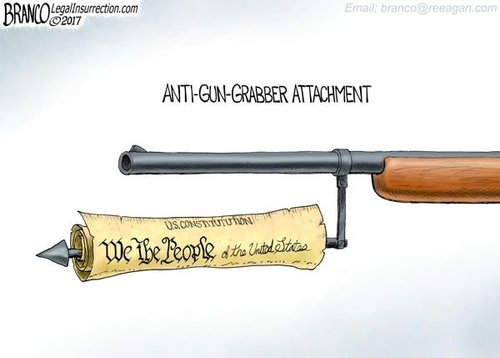
Catastrophic events naturally put an immense amount of strain on systems that so many of us rely on and take for granted in day to day life, and occasionally those systems do collapse.
If you’re reading this from the depths of your self imposed COVID 19 isolation, it’s probably obvious that life is random, chaotic, and can change literally overnight.
That being said, in retrospect Katrina appears to be the perfect storm of overall mismanagement and lack of emergency preparedness at both the state and federal levels.
A media eager to ‘get the scoop’ on the situation that’s then broadcasted back to the entire world, and a panicked, inadequate collection of leaders and authority figures who wound up relying on hysterical stories and rumors that in turn made them begin to act more like an occupying force than anyone there ‘to protect and serve’.
Additionally, 2005 was very firmly pre-widespread social media use. You’d be hard-pressed to recreate that exact set of circumstances in 2020 given the utility of on-the-ground reporting that now happens instantly among connected users.
Overall, the confiscation effort that occurred in Katrina appears to be the end result of failings of the state apparatus at nearly every level rather than a shadowy and concerted effort to use a crisis as the backdrop for disarmament
But who knows what the future has in store.
This news got you ready to do your own bit of prepping? Make sure you take a look at the Prepping 101 Ultimate Guide!

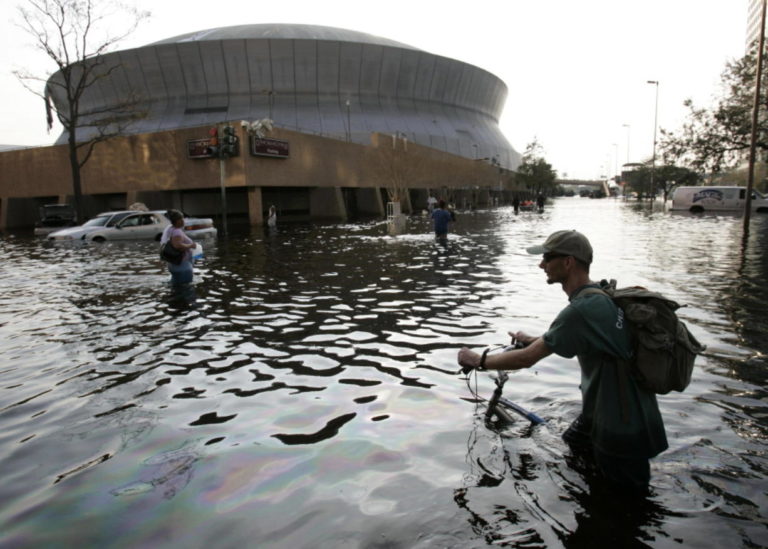







4 Leave a Reply
What happened to "Shall not be infringed" during Katrina. But a better question is WHY DID THESE OFFICIALS NOT GO TO JAIL FOR WHAT THEY DID? I am from the NOLA area and I promise you, every "good old boy" I know won't stand for it next time! EVERYBODY has "upgraded" and are ready for the next go round. We the people have had enough! These elected officials LOOTED our 2nd A rights... but NEVER AGAIN!
"Additionally, 2005 was very firmly pre-widespread social media use. You’d be hard-pressed to recreate that exact set of circumstances in 2020 given the utility of on-the-ground reporting that now happens instantly among connected users." Oh, I beg to differ. That presuposes access to internet connection and working phones. I lived in a medium sized town an hour outside of New Orleans when Katrina hit and we lost electricity, phones, cell phone towers, cable, everything. It was a month before we got electricity back, longer for cable tv, internet, etc. Little access to gas or food outside of what we had stocked up. Everyone in the country knew more about what was going on in south Louisiana than the people of south Louisiana. We had a battery operated radio and that was about it.
Informative and well written ! Thanks ! I've never gone desert shooting, sounds like lots of fun ! Would love to give it a try and even meet John & friends .
Don't forget the U.S. Virgin Islands during a different somewhat recent hurricane. Memories of these events should serve as a reminder to us all why the 2and Ammendment exists.